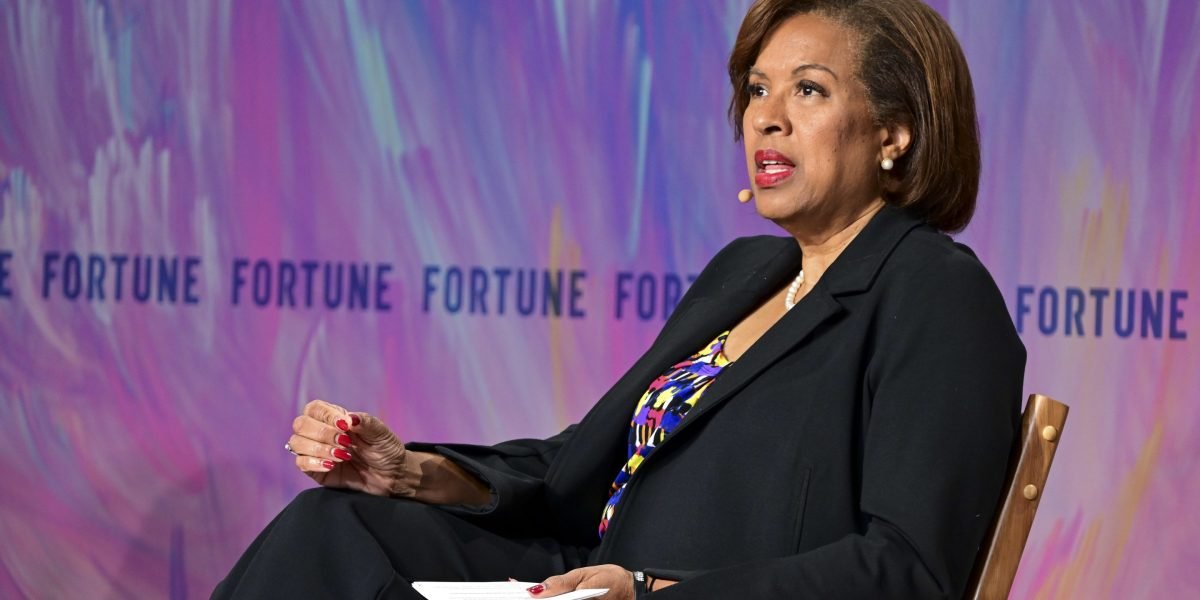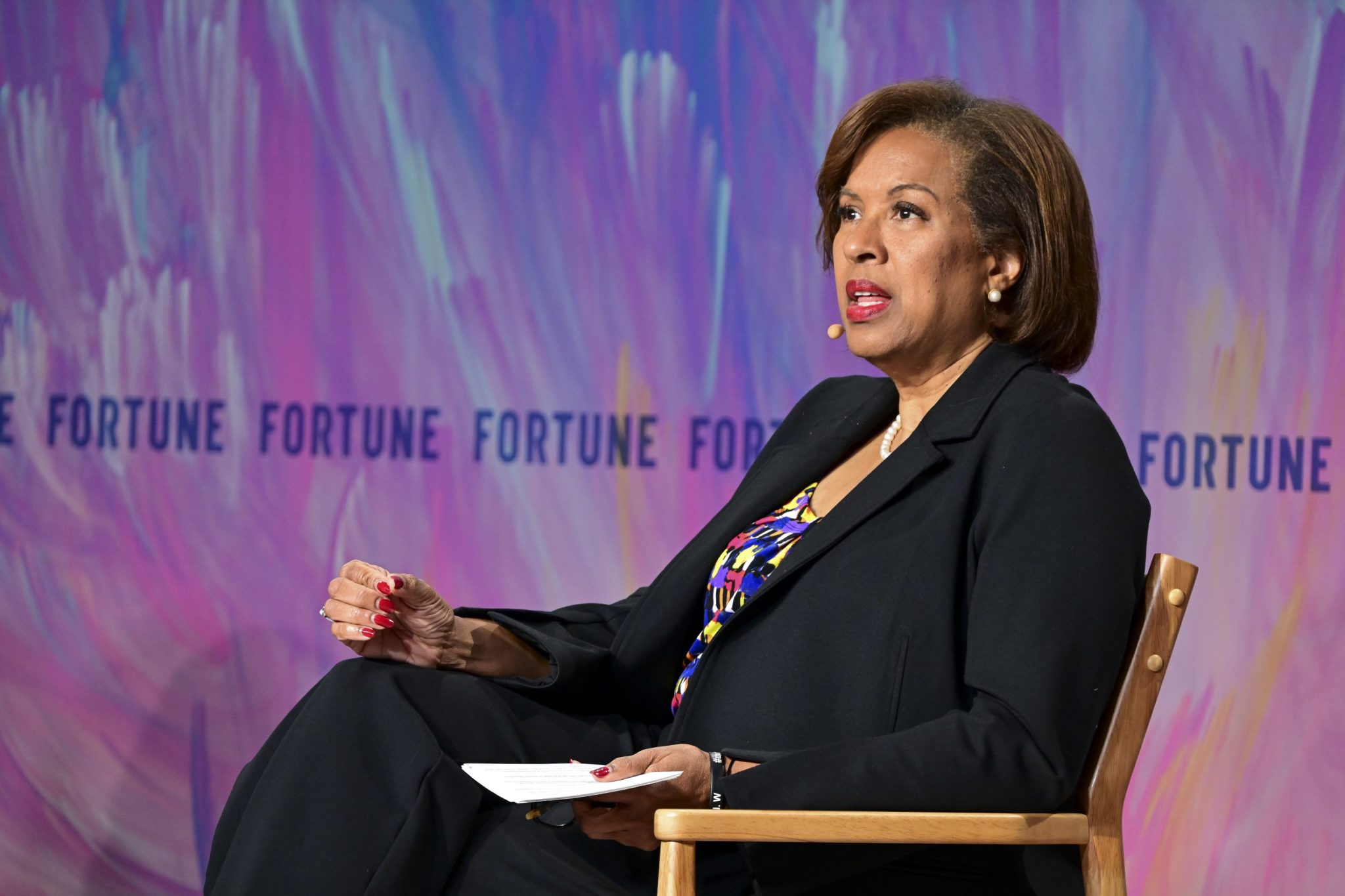
Top CEO to defend America’s ‘obsolete’ legacy infrastructure: ‘Our adversary can use his entire industrial base’

One of America’s top defense executives says the biggest threat to national security lies not in technology, adversaries or resources, but in the fact that much of America’s defense strategy is outdated.
He speaks in luckThe strongest women conference, SAIC CEO Tony Townes-Whiteley She talked about how she could be “obsessive” and “geeky” but the world of war was becoming less and less about traditional theaters of conflict. “Those areas where we had large seas or oceans between us and our adversaries are no longer the border conditions that we experienced,” she said, noting that the United States has adversaries operating in “domains” beyond land, sea and air, but also cyber and space. She had a message: The United States has more work to do to successfully defend against enemies like this.
For 57 years, SAIC has been at the “crosshairs” of commercial technology delivered to highly complex mission environments, Towns-Whiteley said. She said she sees America’s adversaries operating in “multiple modes… I think one of the things that probably keeps us awake in the world of national defense is the fact that our adversary can use his entire industrial base.”
She added that this is not quite the case in the United States, where the industrial base has become “obsolete over time,” using a word that refers to something that belongs to a period other than the present day. She added that what she considers the industrial base has been “obsolete” to the status of legacy capacity. “We have not yet seen the urgency of indicating that we actually need to recruit all of our industrial base.” The weird and bizarre answer, she continued, is that you can overcome America’s refusal to act like its adversary by tying everything together with data.
Urgency and modernization
Modernization is not just about buying high-end hardware, said the now-just-SAIC CEO The second black female CEO on the Fortune 500 list When I step into the top job in 2023. It’s about rethinking old policies, incorporating new technologies, and combining the best of legacy systems with rapid digital innovation. The CEO noted that despite impressive progress in areas such as digital engineering and artificial intelligence on the battlefield, the platform faces pressing difficulties.
To illustrate the problem, the CEO described a military-inspired exercise: “Would I do this in war?” They and their team wear bracelets engraved with the acronym WTIW – “Would I Do This in War?” – As a daily reminder to act with the speed and seriousness required in a real crisis. While a nation can mobilize admirably in moments of existential threat, sustaining that energy in peacetime—with adversaries lurking in mysterious and unpredictable ways—is much more difficult.
She urged the executive authority to bring about a cultural transformation, calling for a move away from terminology and concepts rooted in the past. “I think the words we use are even outdated,” she said. “The defense industrial base I would suggest is turning into a national security innovation ecosystem.” This transformation is about harnessing garage startups and tech giants alike, and building plug-and-play systems that allow mission-driven innovation to flourish.
She added that interoperability is often “the least exciting word right now in national security, but it is the most important.” As alliance warfare becomes the norm, integrating data across multiple partners – each with distinct platforms and classification levels – can mean the difference between success and failure. She pointed to the Golden Dome Missile Defense System and NORAD operations as examples where simulated integration and digital twins demonstrate how effective collaboration can be when done right.
Real solutions, not just rhetoric
The CEO stressed her company’s continuing role in supporting war fighters by combining ancient experience with advanced technology. She noted that a third of SAIC’s workforce is made up of veterans, and two-thirds of them hold security clearances — a sign of their deep engagement with the realities of the mission. But success requires more than credentials.
The country must develop a resilient, technology-driven, and unified ecosystem, while accelerating modernization efforts through digital engineering, scenario simulation, and an urgent focus on root bottlenecks, many of which are policy-driven, not technology-driven.
“The name, we can go left or right on the name. My whole focus is supporting the warfighter in everything we do. Our language, our actions, our resources, and our budget support the warfighter,” the CEO concluded.











Post Comment